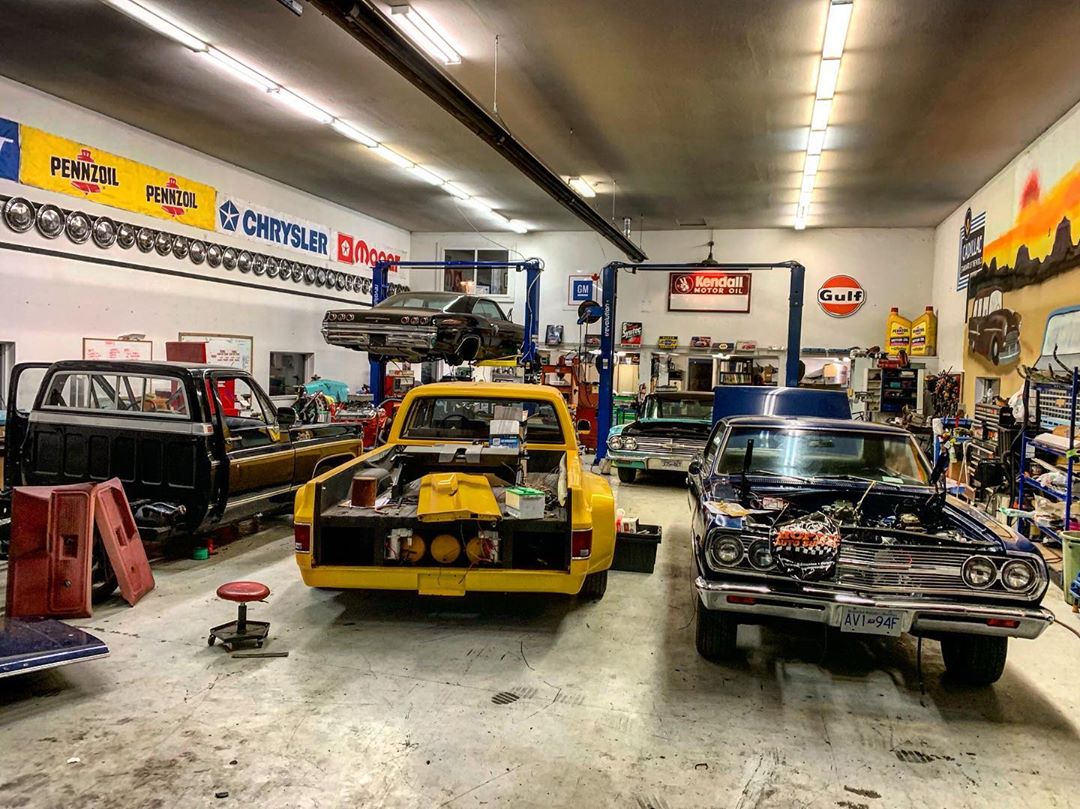All Categories
Featured

Keeping your vehicle's tires is vital to guarantee a smooth, safe, and efficient driving experience. Two vital solutions that are frequently neglected yet have a considerable effect on tire durability and efficiency are tire rotation and positioning. These solutions assist maintain your automobile running successfully and stop uneven tire wear that can affect both security and gas economic situation. Allow's dive right into what tire rotation and positioning are and why they are very important for your cars and truck.
What Is Tire Turning? Tire rotation is the process of relocating your tires from one setting to an additional to ensure they put on uniformly. Considering that your auto's tires function at various prices depending upon their position (front tires versus back tires), rotating them regularly aids to distribute the wear uniformly, causing a much longer lifespan for your tires.
Tires on the front axle often tend to wear faster than those on the back axle, especially in front-wheel-drive autos, where the front tires manage both steering and power. On the other hand, rear tires may put on erratically relying on the vehicle's weight distribution and driving problems. By rotating your tires every 6,000 to 8,000 miles (or as advised by the manufacturer), you'll make certain a more well balanced wear pattern.
What Is Tire Placement? Tire placement, additionally known as wheel positioning, describes adjusting the angles of your vehicle's wheels to the manufacturer's requirements. Correct placement makes sure that your tires are pointing in the appropriate direction, and it aids maximize tire life and improve automobile handling. There are three main aspects of placement: camber, caster, and toe.
Camber describes the tilt of the tires from the front of the car. If your tires are slanted excessive internal or outward, it can create uneven wear. Wheel describes the angle of the steering axis when seen from the side of the cars and truck. This affects the security of the steering, particularly when driving straight. Toe refers to the angle at which the tires direct inward or exterior when watched from above. This affects just how your car tracks on the roadway. An appropriate placement ensures that all 4 tires are directing right in advance and are angled properly. Imbalance can arise from striking splits, aesthetics, or just from the wear of suspension elements over time.
Why Tire Rotation and Alignment Issue. Extended Tire Life. Both tire turning and positioning help prevent uneven tire wear. When your tires put on evenly, they last much longer, which can conserve you money in the long run by lowering the requirement for early substitutes.
Improved Safety. Proper tire turning and alignment enhance lorry stability and handling. Misaligned tires or unevenly used tires can adversely influence your capability to guide and quit your lorry, especially in emergency situation situations. Regular maintenance guarantees your tires execute ideally, supplying a safer driving experience.
Better Fuel Performance. If your tires are not aligned appropriately, they might drag versus the road surface area, causing resistance. This extra rubbing can reduce gas efficiency, causing your automobile to consume even more gas. Routine tire alignment makes certain that your vehicle moves effectively, enhancing gas mileage.
Improved Convenience. Misalignment or unevenly worn tires can bring about a rougher adventure, as your car may draw to one side or create vibrations. By keeping your tires revolved and lined up, you'll appreciate a smoother and much more comfortable driving experience.
Signs That Your Tires Need Rotation or Alignment. It's important to stay alert for any type of indications that your tires require rotation or positioning. Keep an eye out for these typical signs:
Irregular Tire Use: If you observe that a person tire is dramatically a lot more worn than the others, it may be time for a turning or placement. Guiding Pull: If your cars and truck pulls away while driving right, this could indicate misalignment. Resonances: If you really feel resonances in the guiding wheel or the car itself, it might be an indicator of misalignment or irregular tire wear. Screeching Tires: Uncommon tire sound could likewise indicate inappropriate positioning or the requirement for a tire rotation. How Frequently Should You Turn and Align Your Tires? Tire turning must usually be done every 6,000 to 8,000 miles or as defined in your car's owner's handbook. It's a good idea to turn your tires during every oil adjustment, as this will certainly help you remain on top of normal maintenance.
As for placement, it doesn't need as constant service. Typically, alignment ought to be examined at the very least yearly or whenever you notice concerns like pulling to one side or vibration. You may also need positioning if you've struck a big pocket or visual, which can throw your wheels out of positioning.
Final Thought: Keep Your Tires in Leading Forming. Tire rotation and alignment are crucial solutions that maintain your car running smoothly, securely, and efficiently. By taking the time to have your tires rotated and straightened frequently, you're buying your automobile's efficiency and long life, while additionally enhancing your safety on the roadway. Remain aggressive with tire maintenance, and your vehicle will certainly thank you with much better gas economic climate, enhanced handling, and expanded tire life.
Latest Posts
Find Top Car Repair Care offered by Montclare Auto Repair – Drive with Confidence
Uncover Montclare Auto Repair’s Premier Auto Repairs and Why Drivers Trust Them
Discover the Greatest Auto Repair Deals in Montclare, Chicago
More
Latest Posts
Find Top Car Repair Care offered by Montclare Auto Repair – Drive with Confidence
Uncover Montclare Auto Repair’s Premier Auto Repairs and Why Drivers Trust Them
Discover the Greatest Auto Repair Deals in Montclare, Chicago
